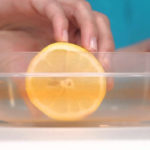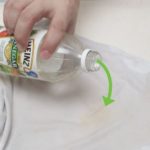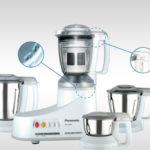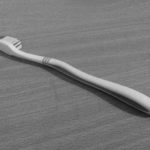Hidden Areas in Your Home That Harbour Large Amounts of Bacteria
1. Dishwashing Sponge
The dishwashing sponge is something that we cannot avoid using on a daily basis, but it is also an area where many bacteria thrive and reside. Especially pathogenic bacteria such as salmonella, E. coli, and staphylococci love to grow with moisture and food residue accumulated on the dishwashing sponge and can be harmful to our bodies.
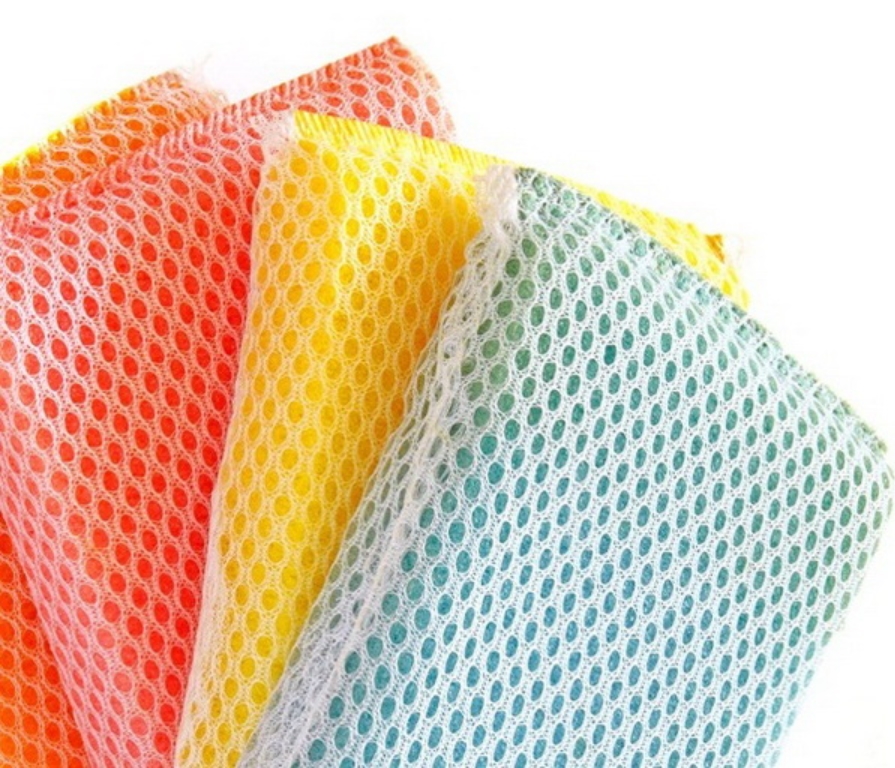
Cleaning Method:
After using the sponge to wash all the dishes and cooking utensils, rinse the sponge with water and soap to clean it. Then squeeze out the excess water and let it dry outside. Remember not to soak it in soapy water multiple times. When the last dishwashing task of the day is finished, sterilize the wet sponge in the microwave for 1 minute, which will effectively kill the bacteria.
2. Sink Basin
Do not assume that the sink basin will be clean and shiny every time we wash the dishes because food residue from rice bowls, vegetable scraps, or even raw meat scraps on cutting boards will still be present. The things that stick to the sink basin over time will accumulate into a large number of bacteria, making it as dirty as a toilet bowl. If we do not allow these germs to invade our bodies, remember to clean and sanitize the sink basin properly.

How to Clean the Sink Basin?
It is best to use disinfecting solutions. Whether it is hydrogen peroxide bleach or an antibacterial cleaning formula, it needs to be diluted in a ratio of ¼ cup of bleach to 1 part water and used to scrub the sink basin, drain, and faucet. Then let it sit for 10 minutes and rinse thoroughly. Clean the sink basin twice a week to ensure that the bacteria cannot multiply and grow.
3. Toothbrush
Because we cannot replace the toothbrush every day, this is also an opportunity for bacteria to gradually infiltrate our mouths. Bathroom germs from flushing the toilet will cling to our wet toothbrushes. Bacteria such as E. coli, listeria, staphylococci, and fungi will appear and hide in the bristles, waiting for an opportunity to invade the human body and cause diseases.
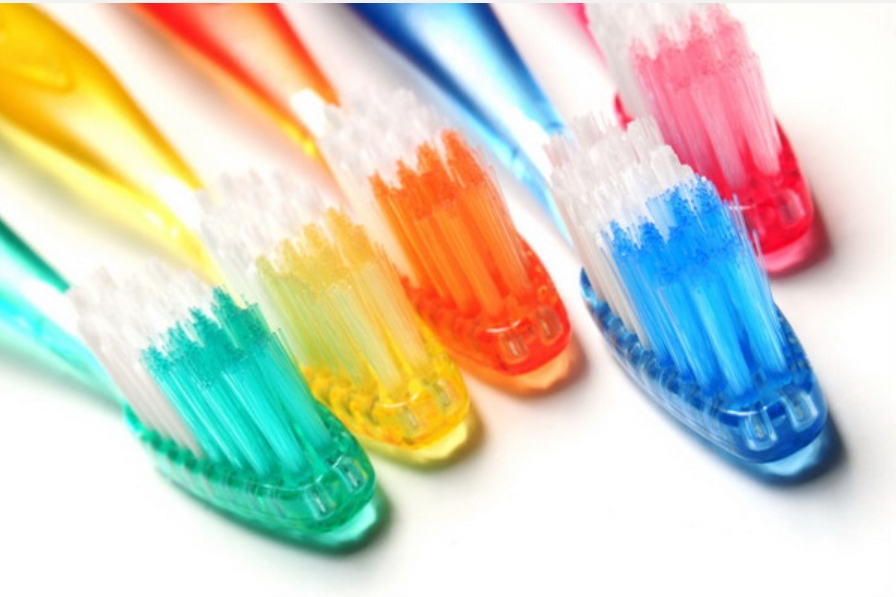
Cleaning Method:
Prevent bacteria from our beloved toothbrushes. After completing bathroom-related tasks, always close the toilet lid before flushing. Otherwise, bacteria will escape from the toilet and float in the air, then cling to everywhere in the bathroom, including toothbrushes.
If possible, never store your toothbrush in the bathroom. At the same time, we need to clean the toothbrush once a week. By rinsing the toothbrush under hot water before and after each use, or soaking it in an antibacterial mouthwash. Most importantly, don’t forget to replace the toothbrush every 3 months.
4. Electronic Devices
Electronic devices bring many conveniences to humans, but they can also be a source of bacterial transmission and residence. Whether it is a remote control, keyboard, or mobile phone, they all contain many bacteria and viruses like sink basins and toilets.
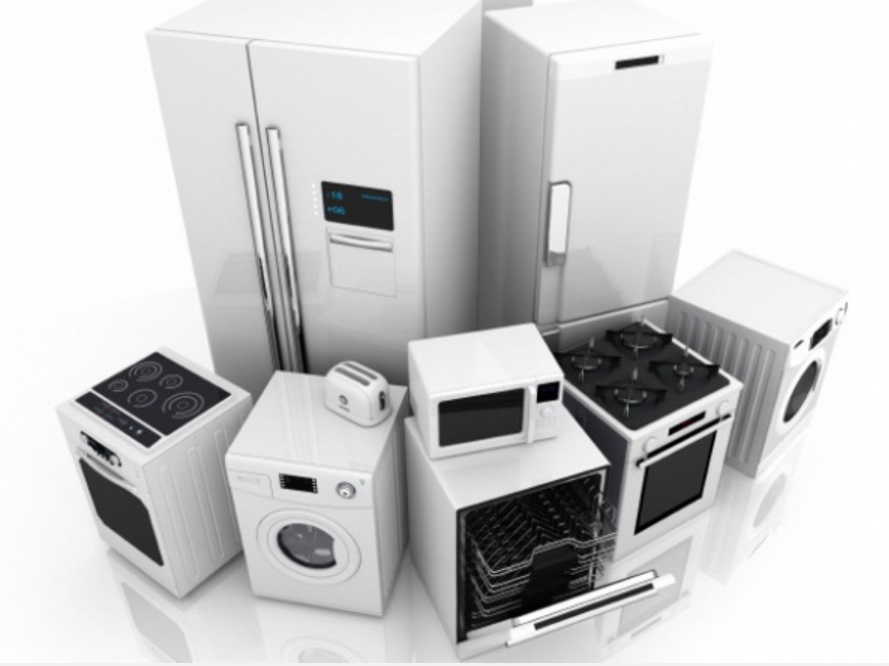
Cleaning Method:
After 1 week, let’s clean our electronic devices. Turn off the power or remove the batteries to avoid damaging them. Then, wipe the surfaces to remove dust and dirt. You can use a cloth soaked in soapy water to clean more effectively and disinfect the surfaces with an antibacterial wet cloth or spray.
5. Carpet
With its softness, carpets are often considered a favorite home decoration. But little did we know that carpets are the top spot for bacteria in the house with a quantity of 200,000 per square inch, including E. coli, salmonella, and antibiotic-resistant bacteria from human and pet skin, including pollen and dirt from outside the house.
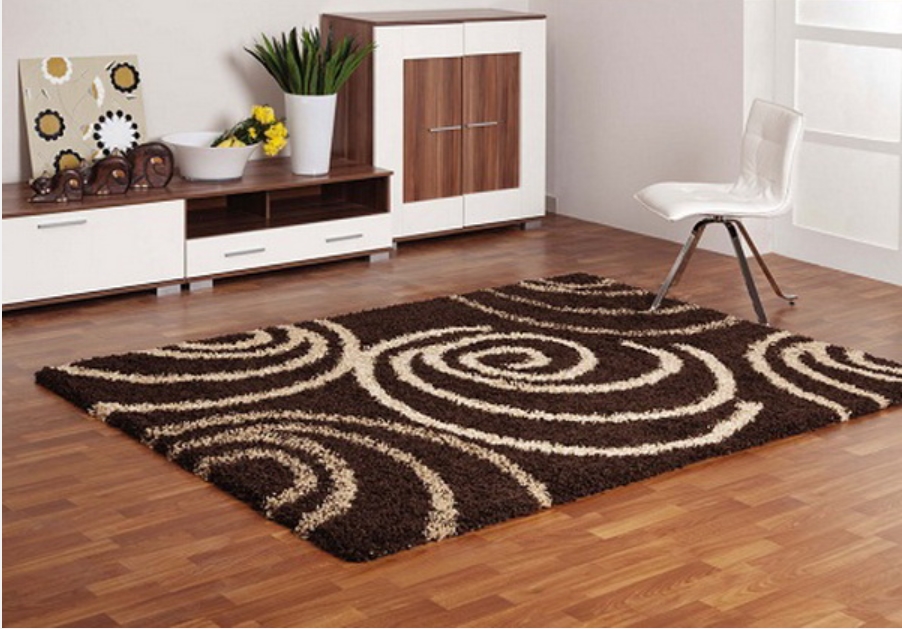
Cleaning Method:
Washing the carpet is not as difficult as you think. Use a vacuum cleaner with a brush attachment to suck up all the dirt in the corners. Then take a disinfectant spray to eliminate bacteria. To keep it clean, you can take it to a professional carpet cleaner to have it cleaned once a year.
Source: An Nhiên – Vietnamnet


























